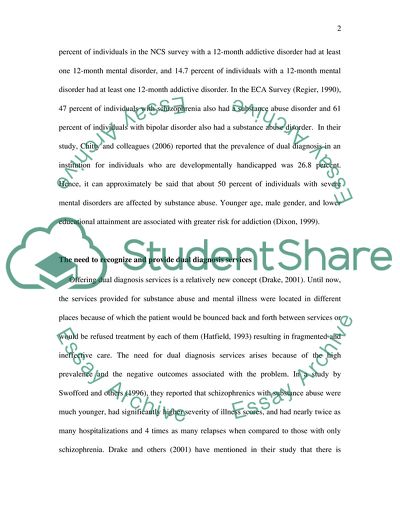Cite this document
(The Concept of Dual Diagnosis in Mental Illness and Substance Abuse - Literature review, n.d.)
The Concept of Dual Diagnosis in Mental Illness and Substance Abuse - Literature review. Retrieved from https://studentshare.org/psychology/1542135-meantal-health-nursing-literature-reviewsubstance-abuse-and-mental-illness
The Concept of Dual Diagnosis in Mental Illness and Substance Abuse - Literature review. Retrieved from https://studentshare.org/psychology/1542135-meantal-health-nursing-literature-reviewsubstance-abuse-and-mental-illness
(The Concept of Dual Diagnosis in Mental Illness and Substance Abuse - Literature Review)
The Concept of Dual Diagnosis in Mental Illness and Substance Abuse - Literature Review. https://studentshare.org/psychology/1542135-meantal-health-nursing-literature-reviewsubstance-abuse-and-mental-illness.
The Concept of Dual Diagnosis in Mental Illness and Substance Abuse - Literature Review. https://studentshare.org/psychology/1542135-meantal-health-nursing-literature-reviewsubstance-abuse-and-mental-illness.
“The Concept of Dual Diagnosis in Mental Illness and Substance Abuse - Literature Review”. https://studentshare.org/psychology/1542135-meantal-health-nursing-literature-reviewsubstance-abuse-and-mental-illness.


